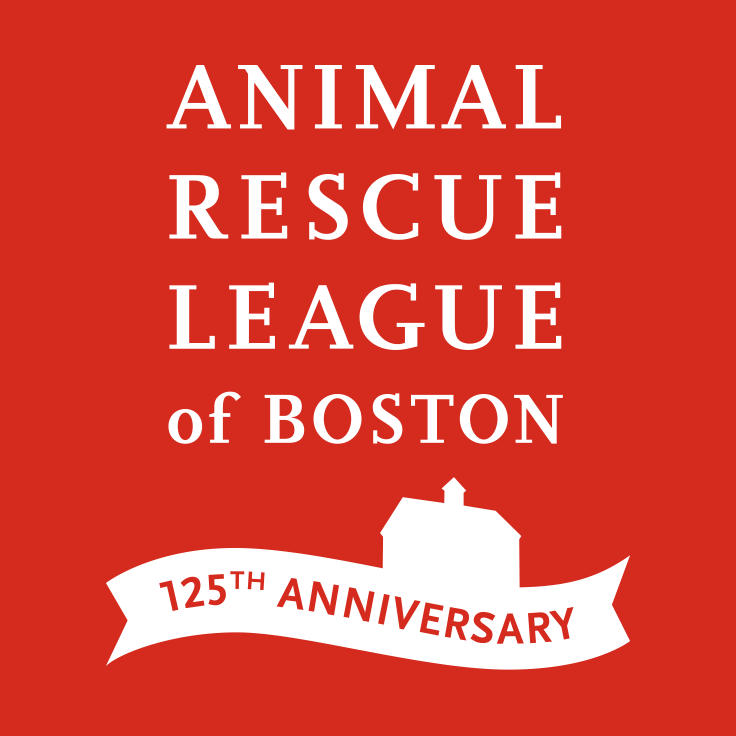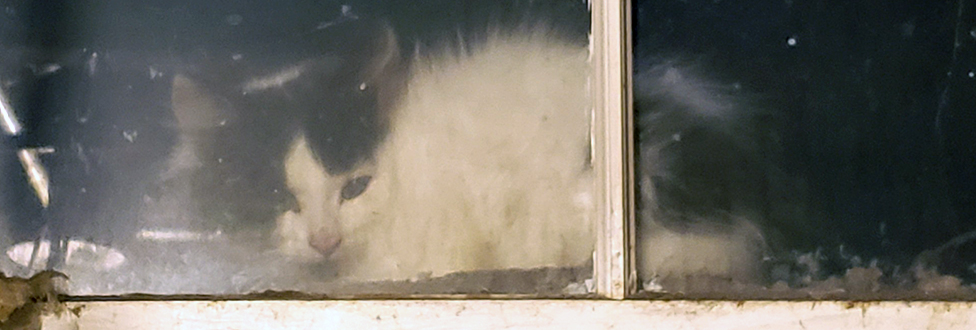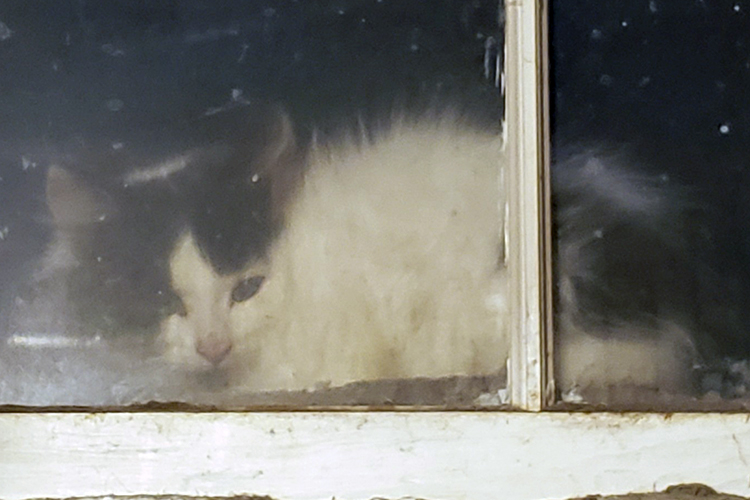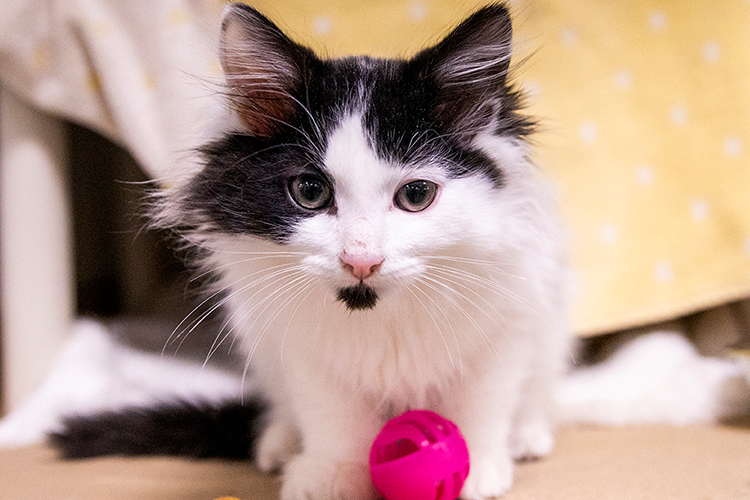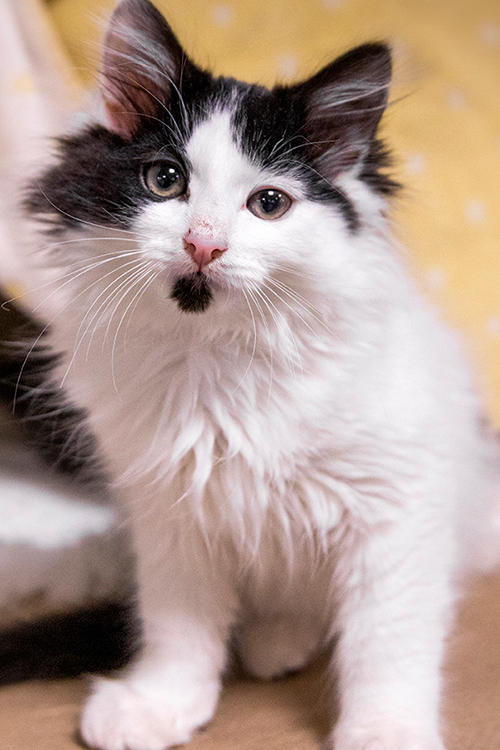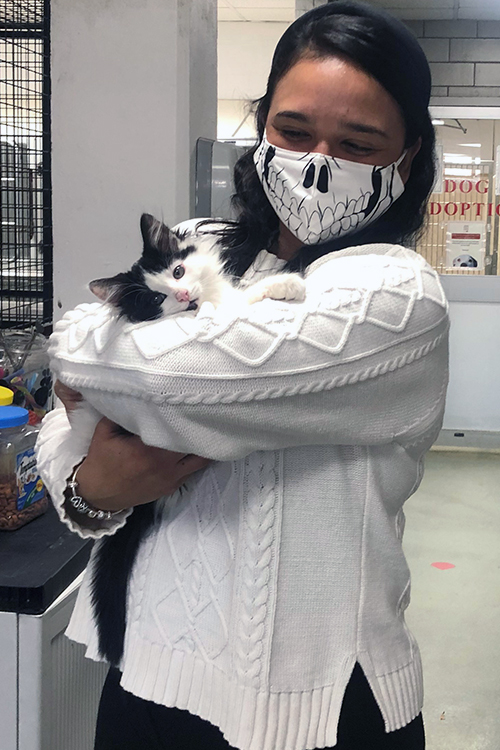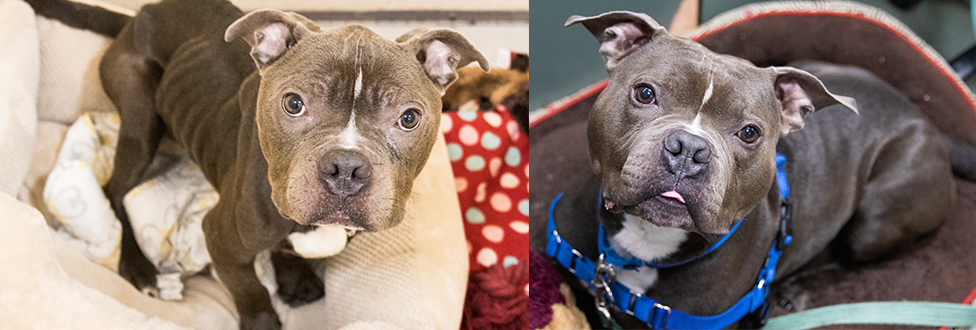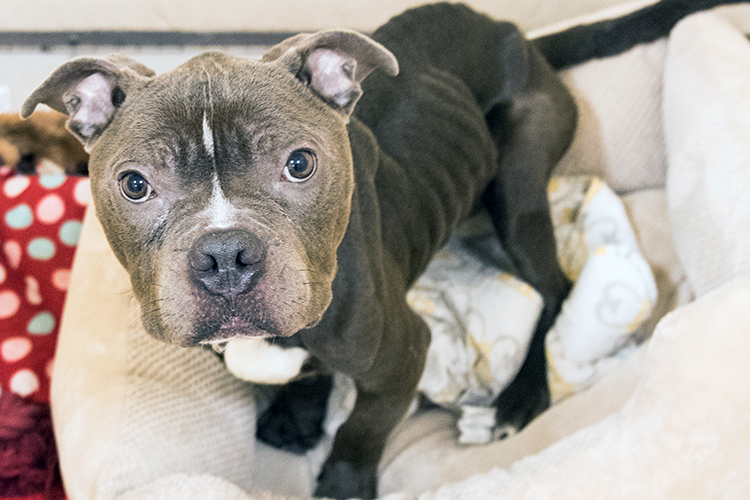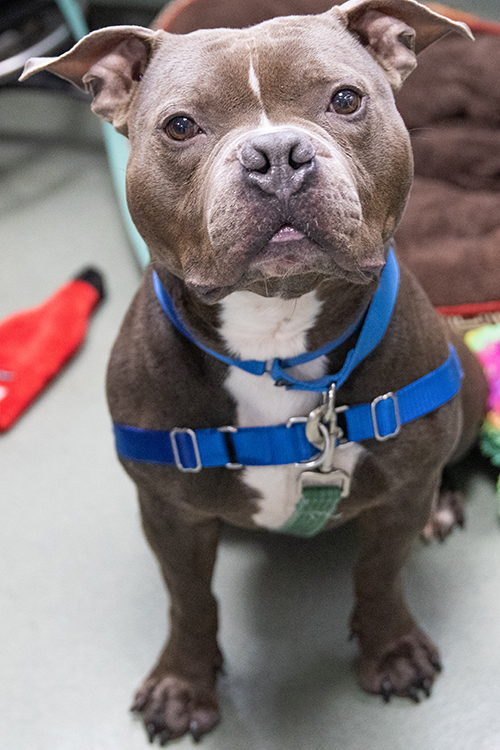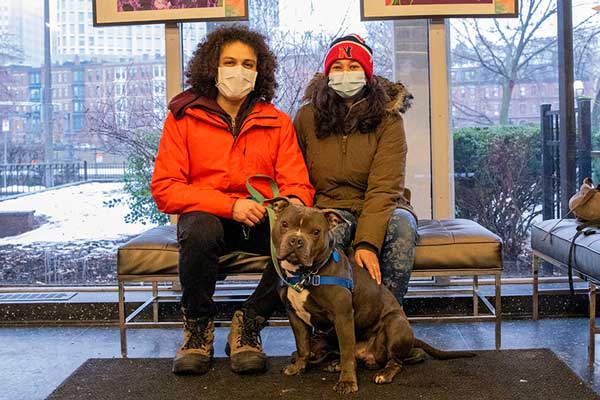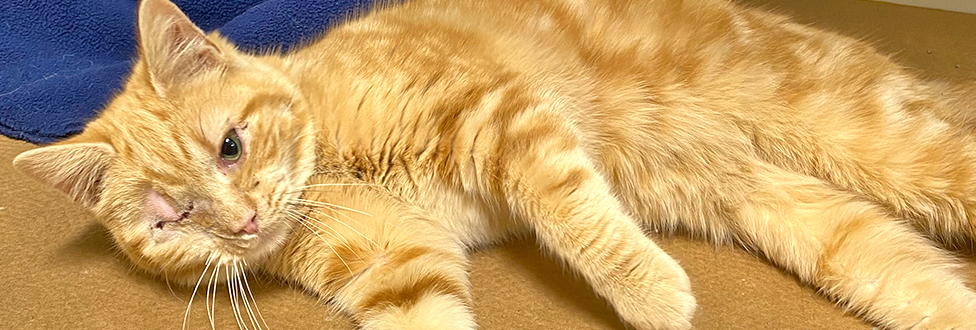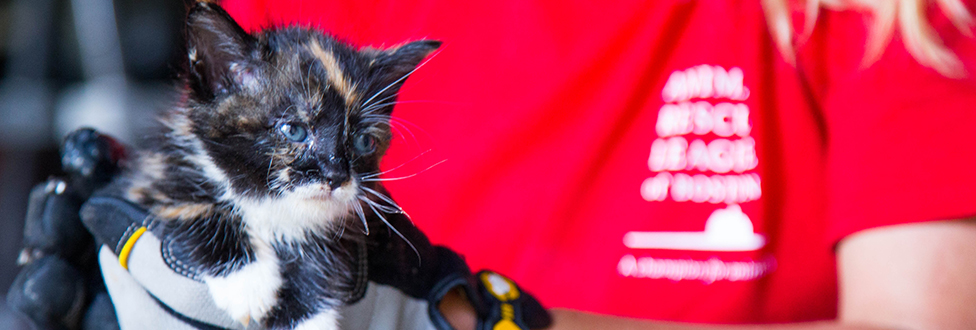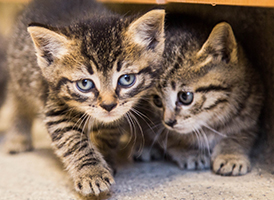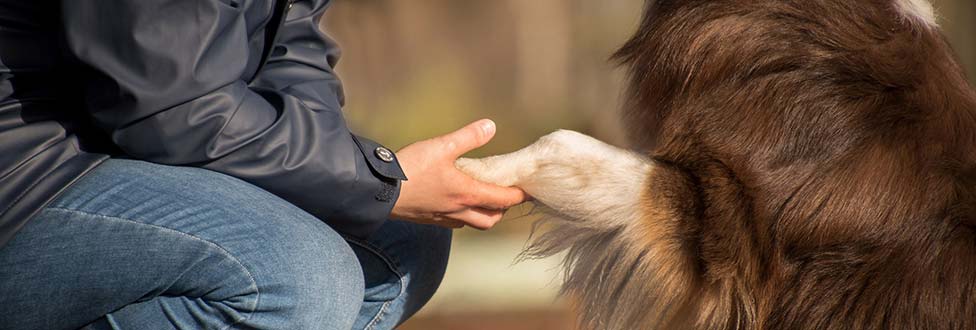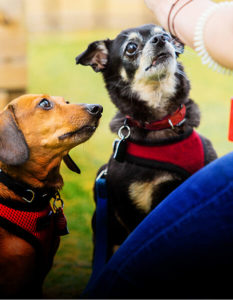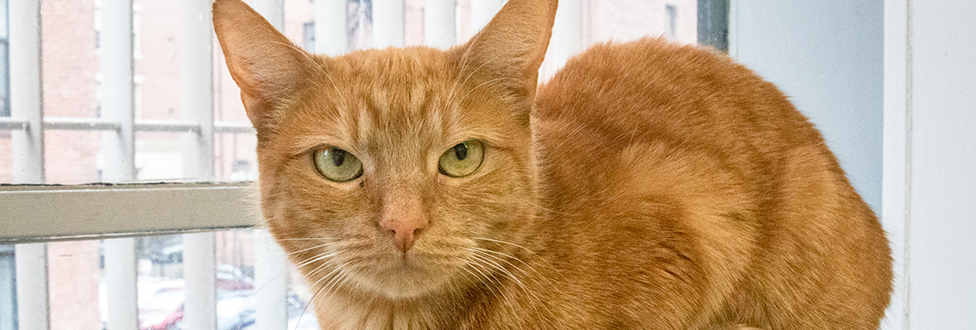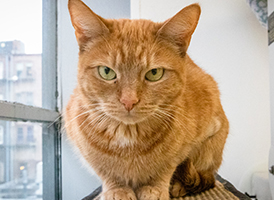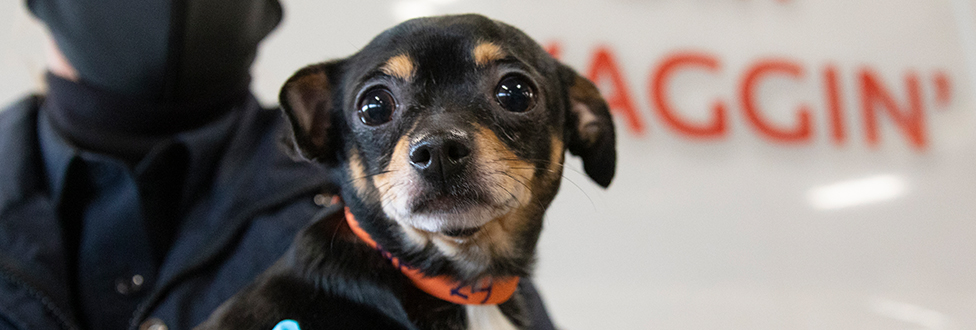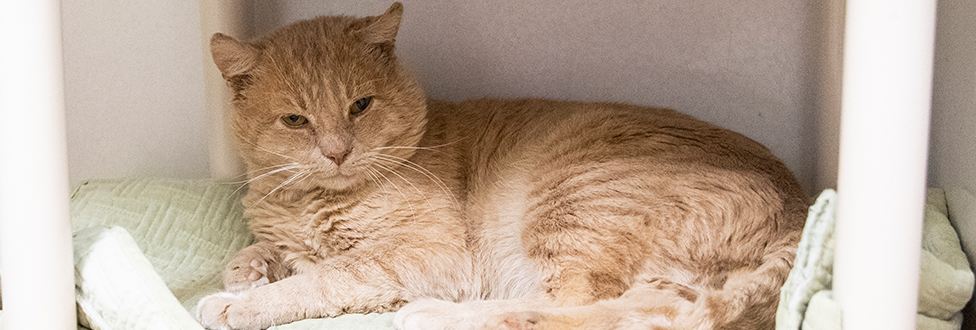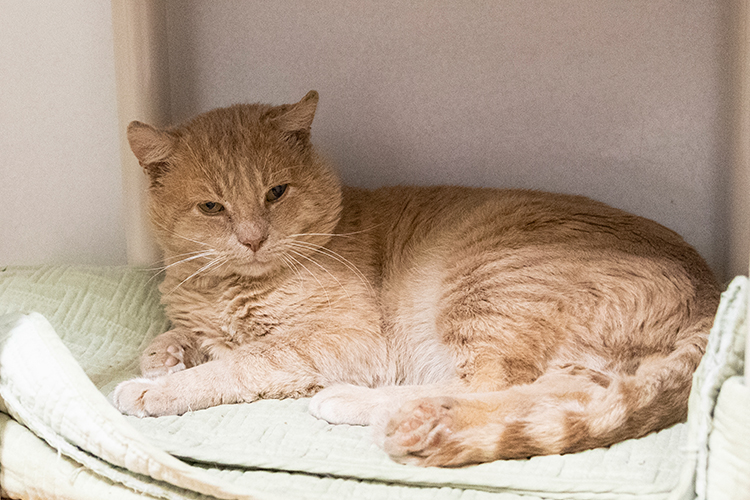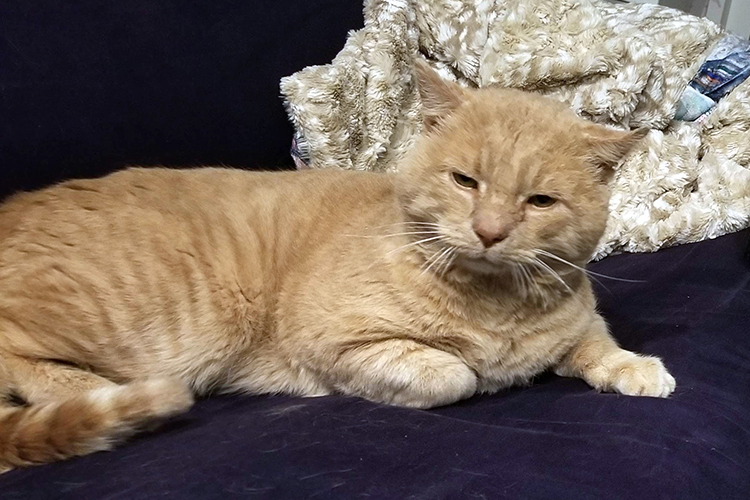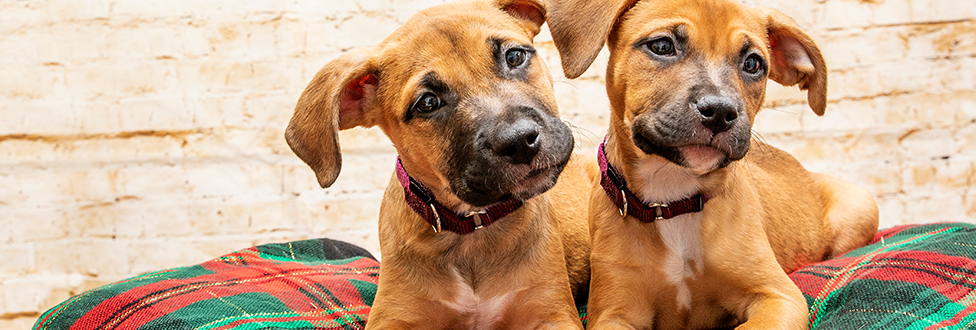Stray Cat Found Under Porch Finds Perfect Match
Community Post Leads to Rescue
A home owner in Newton, MA, recently noticed a 13-week-old kitten seeking shelter under her house, and turned to a community forum website in an effort to find his owner.
The kitten was under the porch for seven days and when no one claimed ownership, an Animal Rescue League of Boston (ARL) volunteer reached out to help get him off the streets.
After privately messaging the home owner, the volunteer sprang into action by responding to the home and with the help of another dedicated volunteer, was able to trap the kitten within 10 minutes and transport him to ARL’s Boston Animal Care and Adoption Center.
Newton was given a thorough veterinary examination when he arrived at ARL, and it was clear that he had been on his own for a little bit.
The kitten was malnourished and underweight, his abdomen was distended, and ARL’s shelter medicine staff also detected a heart murmur.
Following his examination he was placed into foster care to rest and recuperate in a quiet, stress-free environment.
Newton spent a week in foster care, and after being neutered and reexamined, he found his way into the perfect home!
Volunteer for Animals in Need
ARL volunteers are at the core of fulfilling the mission to be an unwavering champion for animals in need.
ARL’s 840+ dedicated volunteers donated more than 63,000 hours of their time in 2020!
Additionally, ARL’s 435 foster families took in nearly 850 animals in 2020, giving them the opportunity to spend time outside of the shelter environment, and in Newton’s case, recover from injury or illness in a quiet, loving space.
We are so grateful to all of our volunteers, and if you are interested in giving back for animals in need. View volunteer opportunities.
